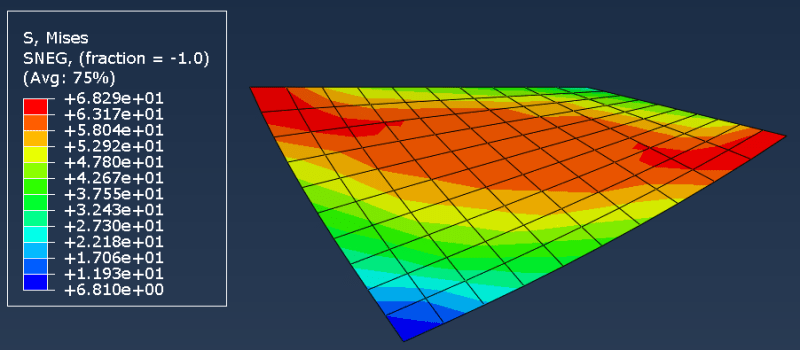

The Abaqus progressive damage model can only be used in conjunction with 2-D continuum elements and shell elements.In contrast, as material constituent failure occurs, Simulation Composite Analysis explicitly accounts for stiffness reduction in both the in-plane and transverse stiffnesses. As damage evolves, the Abaqus progressive damage model only accounts for stiffness reduction in the in-plane stiffnesses (E 11, E 22, G 12), leaving the transverse stiffnesses (E 33, G 13, G 23) unchanged.
DAMAGE EVOLUTION ABAQUS 6.14 FULL
In contrast, MCT predicts constituent failure using the full 3-D constituent average stress state. The Abaqus progressive damage model predicts damage initiation and damage evolution based solely on the in-plane stress and strain components, ignoring the contribution of the transverse stress and strain components.In contrast, the MCT criteria in Simulation Composite Analysis uses the constituent average stress states to predict failure in each of the individual material constituents. In the Abaqus progressive damage model, damage initiation and damage evolution of the material constituents (fiber and matrix) are predicted based on the composite average states of stress and strain.However, Simulation Composite Analysis is specifically developed to efficiently handle this type of behavior and exhibits very robust convergence behavior. This type of instantaneous, discrete stiffness reduction normally poses severe convergence difficulties for finite element codes. In contrast, Simulation Composite Analysis imposes an instantaneous stiffness reduction determined by the particular constituent that failed.



 0 kommentar(er)
0 kommentar(er)
